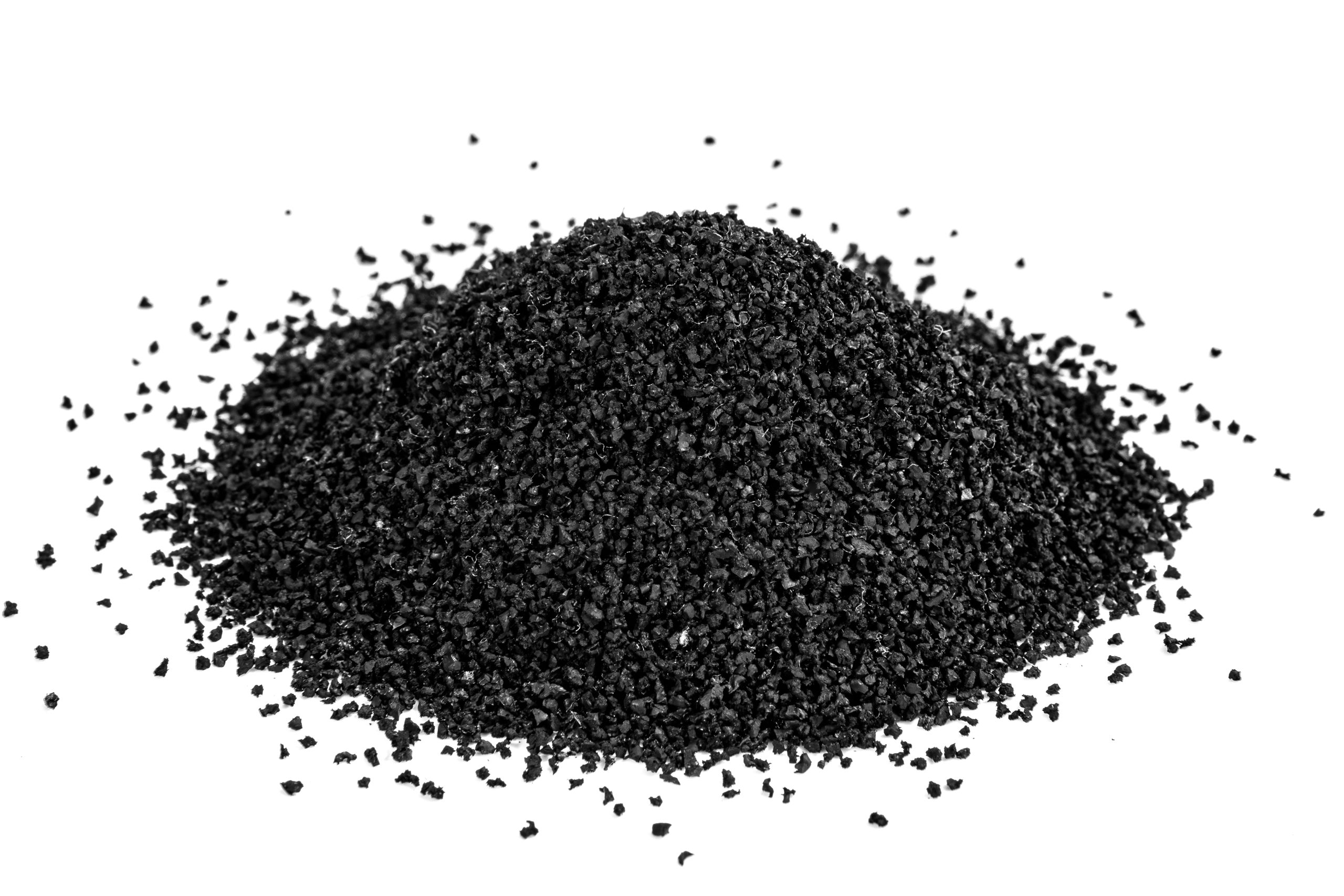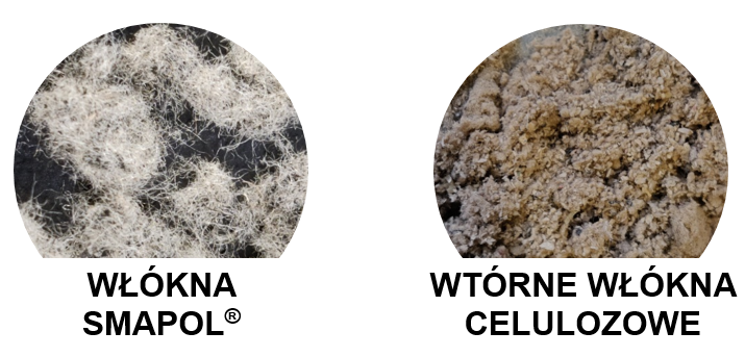
There are several typical ways to improve the quality of mineral and asphalt mixtures (MMA) – for example, by improving the technology for producing the asphalt and MMA itself and modifying their composition, or by introducing various additives in their production process.
One of the most commonly used types of MMA, which provides increased durability of road pavements, is SMA mastic-grit mix.
As you know, the main advantages of SMA mixtures include:
It is known that all of the above-mentioned advantages are observed when using asphalts modified with polymers such as SBS, SIS, SEBS, EVA, etc., as well as the use of effective stabilizing additives, which makes these types of MMA generally expensive compared, for example, with standard AC asphalt mixtures. It is also known that the use of cheaper, unmodified asphalts in combination with standard binder stabilizers does not allow the use of such asphalt mixtures on roads with heavy truck traffic. All this to some extent limits the widespread use of the described MMA with a high content of coarse aggregate and asphalt binder.
Often secondary cellulose fiber from recycled paper processing, for example, granulated with asphalt, is used to stabilize the binder due to its high absorption capacity.

Despite the high absorption capacity of asphalt by cellulose fibers and ensuring its technological stability in SMA mixtures, it turns out that as the cellulose fiber content increases, the strength and deformability properties of the mixtures do not change significantly [1, 2] and depend mainly on the structure of the grit skeleton and the properties of the asphalt.
It is known that in practice, in order to increase the durability and reliability of mineral-asphalt mixtures, fibers of other types than cellulosic are most often used. These include, for example, polymeric fibers, synthetic fibers or mixtures of these, which, to varying degrees, provide improvements in the technological stability of mastic-grit SMA mixtures.
Granulated synthetic fibers SMAPOL®, mass-produced in Poland by RECYKL O.O. S.A. in accordance with the requirements of the national SYSTEM 2+ for evaluation and verification of constancy of performance of construction products, prevent binder runoff in SMA and other discontinuous-grained mineral-asphalt mixtures.
SMAPOL® – We build Polish roads cheaper, better and ecologically!
Maciej Jasiewicz, Prezes Zarzadu Grupy Recykl S.A.
Compared with cellulose fiber-based stabilizing additives, the SMAPOL® additive provides an optimal degree of asphalt absorption, which makes it possible to use SMAPOL® as a reinforcing component for mineral-asphalt mixtures of all types.
Using SMAPOL® as a binder stabilizer instead of cellulose additives in SMA mixtures, you can count not only on a reduction in direct costs (the cost of SMAPOL® in the Polish market is lower than the cost of cellulose additives by 1.6-1.75 times), but also a measurable annual economic effect resulting from an increase in the durability of road surfaces by about 25-40%.
Bibliography
- McDaniel R.S.: Fiber additives in asphalt mixtures. NCHRP Synthesis of Highway Practice. Transportation Research Board, 2015, №. Project 20-05 (Topic 45-15), №475, 67 p.
- Sybilski D., Horodecka R., Bańkowski W., et al: Evaluation of the effectiveness of fiber addition to mineral-asphalt mixtures. GDDKiA Topic TN-251. IBDiM, Warsaw, 2010, 89


